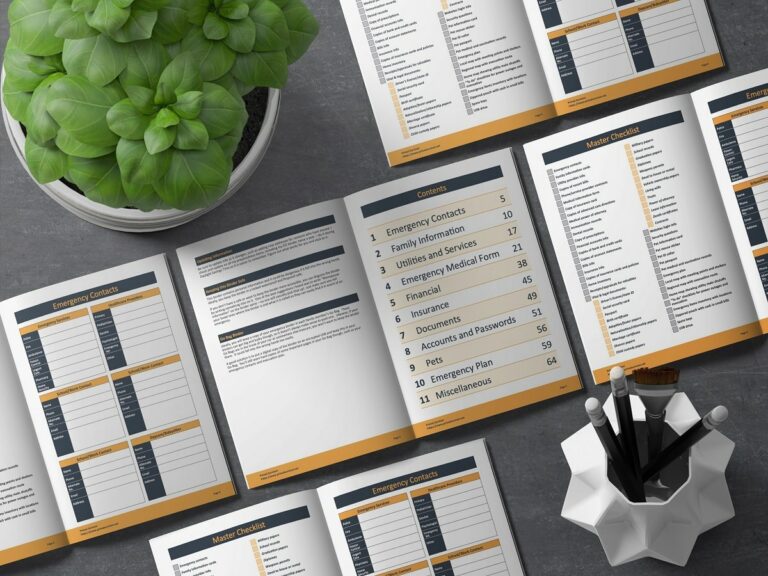Fire is a crucial component of survival. It can provide heat, cook meals, and help keep wildlife away.
A fire piston allows you to make a fire without the use of commercial lighters and matches.
My Top Fire Piston
After weighing the pros and cons of the fire pistons I found, I have concluded that the Campfirepiston Hickory has the most to offer for your money.
It is lightweight, affordable, and comes with char cloth, ready to use straight out of the box. As an added bonus, it is made in the USA and looks gorgeous.Check On Amazon
How does a fire piston work?
A fire piston (also known as a compression firestarter or slam rod firestarter) works by compressing air molecules so quickly that heat is generated.
This is accomplished when you press a cylinder through a sealed chamber. The resulting heat ignites a small piece of tinder. You can use this ember to build a fire of any size!
You do need some dry tinder to make a fire piston work. Many compare a fire piston to how a diesel engine works.
How to use efficiently
Having a source of dry tinder is critical.
You can keep a small supply of this in a small space. Jute twine that has been unraveled and roughed up makes a great source of tinder that you can put in a small tin and keep in a pocket.
- Gather dry tinder, twigs, and other wood to fuel your fire
- Roll up a small piece of char cloth or unraveled jute and place in the end of your fire piston.
- Push the fire piston in with a quick motion. Check for your ember.
- Use ember to ignite dry tinder, and then build your fire up with small twigs and pieces of wood.
This video details the process.
Challenges of using a compression piston
- Requires a firm push and quick reaction time to get a viable ember
- Must have dry tinder and small pieces of wood gathered before striking an ember so fire can be built up fast enough
- Can seem cumbersome to use in a stressful situation where reflexes and reaction time may be stressed
If you want to use and master the fire piston, you must practice using it under good conditions before using it out on a trip or during an emergency.
Char Cloth
Many of those that use fire pistons as part of their fire starting kit also take the time to make some char cloth to help make the process easier. It is easy to make, and a little goes a long way.
- Cut a few squares out of an old cotton t-shirt
- Place in a tin with a hole for venting.
- Cook over low heat for 5-10 minutes. You do not want it to catch fire itself. Be patient.
- Let tin cool and remove. A tiny chunk can be rolled up and used to start a fire. A single t-shirt can make a lot of Char cloth for your preps!
This is best done outside because there will be some smell and smoke.
Fire Piston Reviews
Your choices are somewhat limited when it comes to ready-made fire pistons. Prices can range a lot, even if two are made from almost the same materials.
Here are some of the more commonly available options for you to consider. The most weather-resistant designs are those made with a solid, machined aluminum tube.
Top Pick – Campfirepiston Hickory
Pros
Made of Hickory and aluminum
Costs less than many of the fire pistons on the market today
Weighs only 2 oz and measures 4.5 inches long
Comes with char cloth
Made in the USA
Cons
Hickory is not as tough under wet conditions as solid metal
No sealed compartment to store tinder
Super Light Option – TERA-Light Pocket Fire Piston
Pros
Super light and small, 3.4 inches long and 2 ounces
Attractive design
Includes char cloth and replacement O ring
Cons
Expensive piece of kit
Wilderness Solutions Scout Fire Piston
Pros
Lightweight compact design
100% Made In USA
Lifetime warranty
Aluminum piston shaft
Includes tinder
Cons
Plastic shaft can be slippery
Costs as much as some solid brass and aluminum fire pistons
How To Make a DIY Version
Factory-made fire pistons can be costly, so some people choose to make their own using some basic materials.
Here’s a video that details the process.
Fire Pistons Versus Other Firestarters
Without some practice, the fire piston is going to be harder to use for most people.
Of those who do not like the fire piston, the most common reason is that the person gave up learning how to use it after a few frustrating attempts. Fire pistons work, but they are not going to be as easy as striking a store-bought lighter.
Ferro rods can be easier and more satisfying for some because they can at least get a lot of sparks right away.
Recommended Reading: Expert Tips For Using a Ferro Rod Firestarter
Starting a fire can be challenging under wet conditions or when there is little dry wood around to burn, even if you get one going.
Personally, I want several ways to light a fire if I am in a survival situation. If I have a fire piston, you can bet that I am going to have a lighter or some quality waterproof matches in a sealed container too.
Conclusion
Fire pistons are an interesting addition to any fire starting kit. Unfortunately, they require a bit more skill to use than other fire starting methods.
If they are not correctly sealed due to a lost or cracked O-ring, they can cease to function until the ring is replaced. Due to the motion required to plunge the cylinder and the quick reaction time needed, these are not for beginners.






“Starting a fire can be challenging under wet conditions or when there is little dry wood around to burn, even if you get one going”
There is almost always dry wood around….one must simply find it.
Even after several days of rain I’ve taken dead wood (standing or not contacting the ground, i.e. wood lying on rocks, other logs, etc) and either splitting or batoning the outer wood from the center. Since wood takes a long time to fully absorb the rain, there is usually dry wood in the center. I’ll take this wood and shave it to make my tinder. I’ve also located standing deadwood from pine trees or pine stumps and cut the lower foot or two to obtain fatwood.
I love my fire piston, I just wish it had a pressure relief valve on it so I did not have to carry the two parts separately.